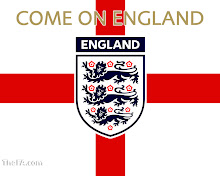 Britain is an island country and the surrounding sea gives England a varied climate. We never know what the weather will be like from one day to the other. It can be sunny one day and rainy the next. As we have such a variable climate changing from from day to day, it is difficult to predict the weather. In general we have warm summers and cool winters. Our summers are cooler than those on the continent, but the winters are milder.
Britain is an island country and the surrounding sea gives England a varied climate. We never know what the weather will be like from one day to the other. It can be sunny one day and rainy the next. As we have such a variable climate changing from from day to day, it is difficult to predict the weather. In general we have warm summers and cool winters. Our summers are cooler than those on the continent, but the winters are milder.Temperate Climate
The overall climate in England is called temperate maritime. This means that it is mild with temperatures not much lower than 0ºC in winter and not much higher than 32ºC in summer. It also means that it is damp and is subject to frequent changes.
